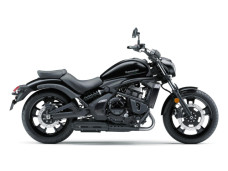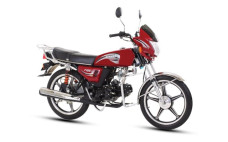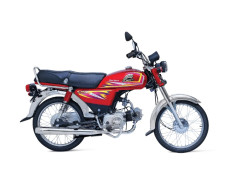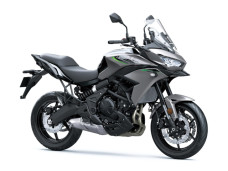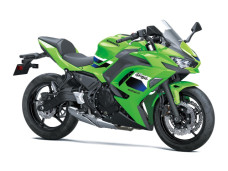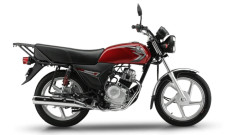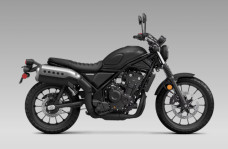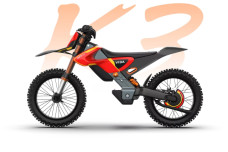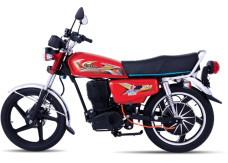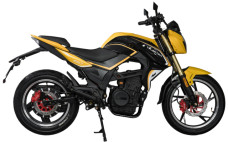Chain Drive
The chain drive is the most common and widely used form of power transfer mechanism in motorcycles. On a motorcycle, the chain connects two sprockets, one attached at the engine output and the other at the rear wheel, and at the right gear and acceleration, the chain rotates the rear sprocket to achieve movement. The chain is made of metal. Let's take a look at some of the pros and cons of this mechanism:
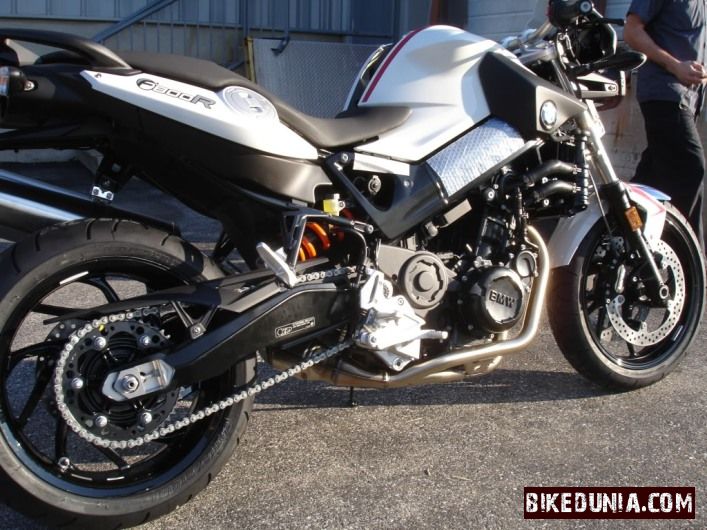
Pros
Most economical way to transmit powerful
Negligible loss in power delivery
Maintenance friendly (the chain links can be easily taken care of/chain can be replaced quite easily)
Cons
Chains remain exposed and as a result, it gets dirty and requires maintenance checks
Sprockets tend to wear off and requires cleaning
Belt Drive
Belt drives had been in use even in the early 1900's. Back then, instead of a chain, leather belts and reinforced rubber belts were in use. As the years rolled by, the belt drive technology improved and that led to the creation of more stronger and more durable belts. The main group who was behind the turning point of belt drive technology was DuPont and Kevlar, joining hands to create a formulation that was added to the rubber to create more resistance while stretching.
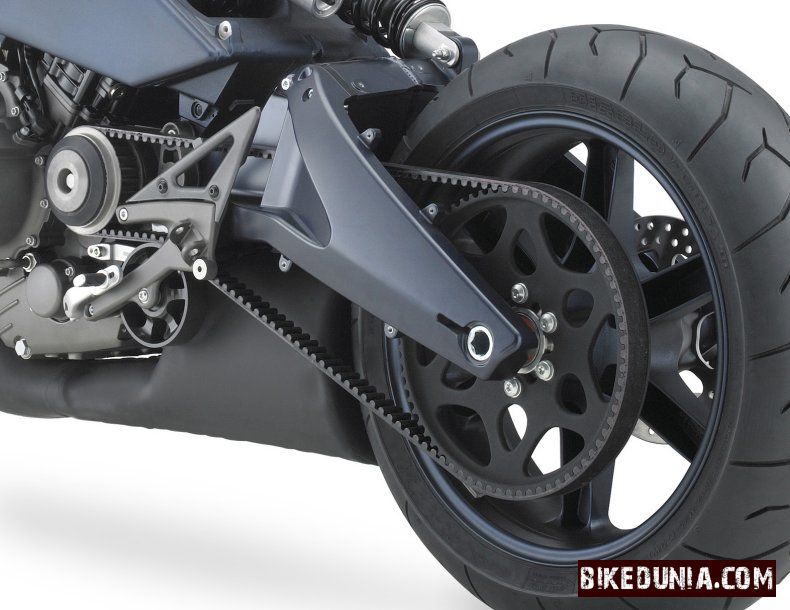
Pros
Lighter than chains
Quieter
Do not rust
Require no lubrication
Fixed length ensures reduction of inertia at the wheels
Cons
Not applicable for racing as the belt length is fixed
Replacing a belt is complicated
Friction losses
Wear of rubber elements
Belt drives are usually used by Harleys and BMWs and these bikes are meant for long, easy and pleasure filled rides unlike the chain driven performance oriented machines. Maintenance is surprisingly low and that's with the help of newer and refined belt technology.
Shaft drive
Shaft driven motorcycles came into existence well before the WW1 and it follows the same principle as found in auto mobiles. BMW produced its own shaft driven motorcycle by 1923 and continue to manufacture even today. Here's more:
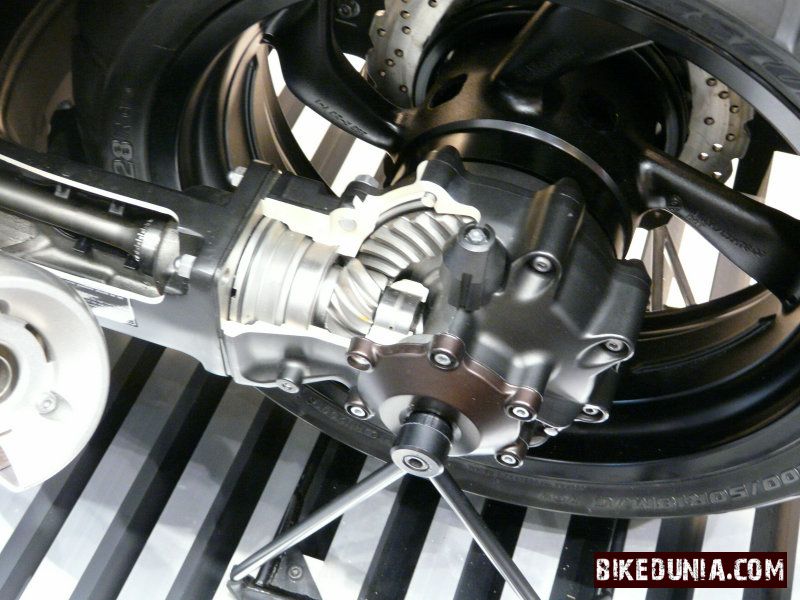
Pros
Smooth
Lowest maintenance compared to the other two
Quiet
Clean
Cons
Expensive
Heavy
Loss of power during delivery
Limited model range
Shaft driven motorcycles are mostly those which go for long distances without the issue of maintenance or some trouble with power transmission creeping up in the back of the rider's mind.
Most of BMW's touring motorcycles come with the shaft drive option and it performs well.
In the end, there would be no sense in declaring a winner here as technology keeps improving and the ultimate and ideal goal would be to create a transmission mechanism that runs with the lowest losses and greatest power delivery without much maintenance. Sure, chain driven bikes have an advantage over the others but considering the fact that people's needs for what sort of motorbike they would want to have, clearly dismisses the idea of a competition between the three drives.

